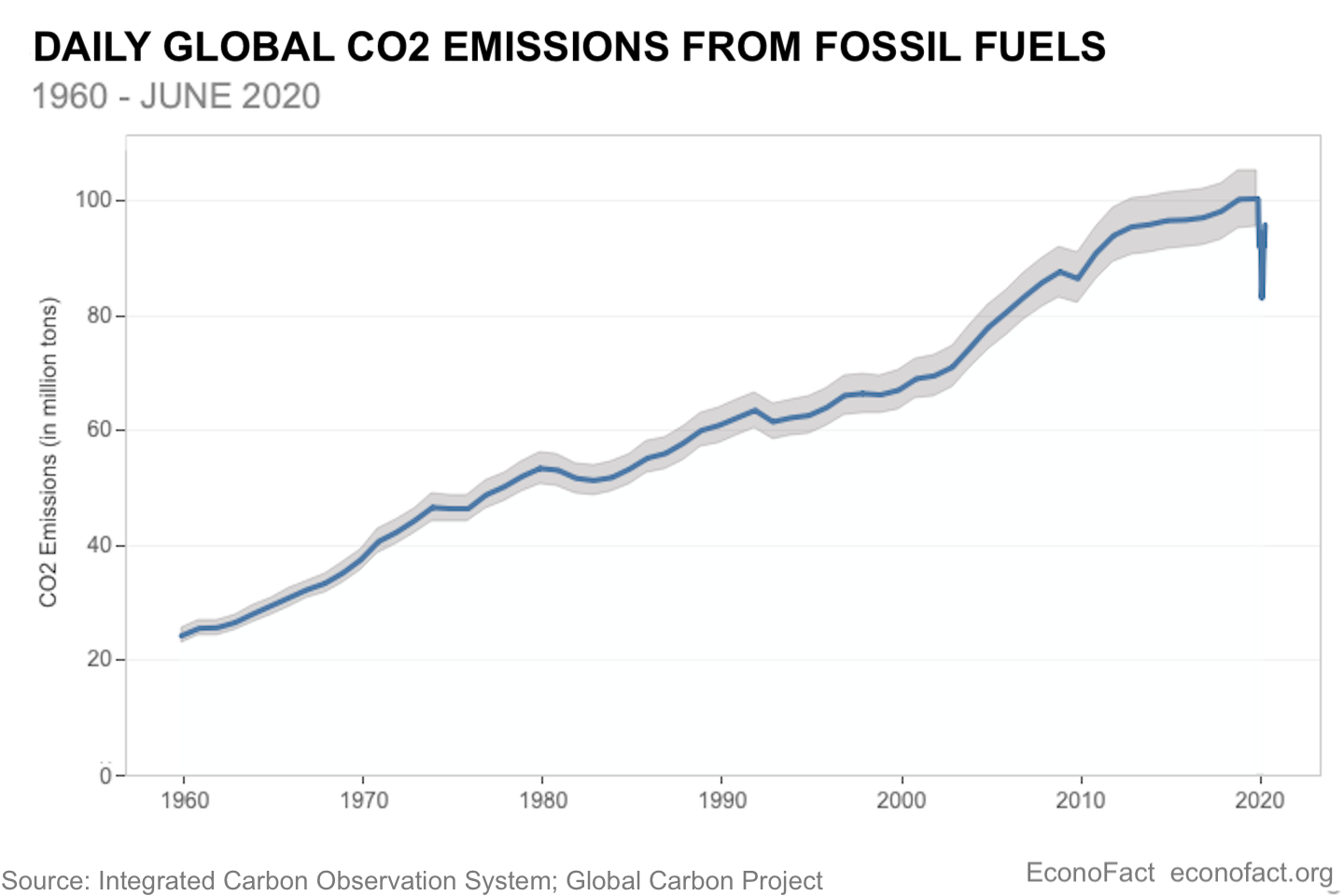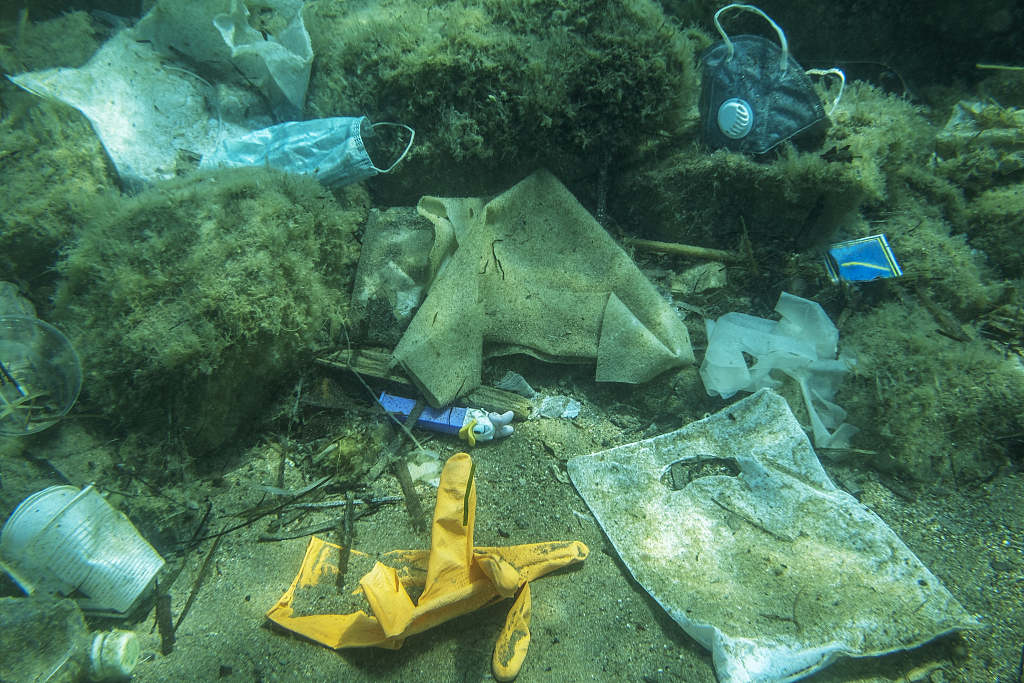The Effect of COVID on Oceans
April 29, 2021
Written by Claire Wang
With the economy shutting down for the past year due to COVID-19 and only reopening only a few months ago, you might think that the ocean is doing significantly better because of less greenhouse gas being released into the air and less human activity. This is true to some extent, but at the same time there are new problems that come along.
What is improving?
One of the things that is improving is a slowdown in fisheries. In the U.S., ⅔ of the seafood goes to restaurants, and since many restaurants were shut down until a few months ago, the demand for seafood has dropped. A survey by the UNDP Global Environmental Facility showed a reduction in demand for seafood like shrimp, octopus, crab, snapper, mahi-mahi. This means that less fish are being brought out of the ocean, which is a positive change.
However, once countries see that the market is suffering, they may open more fisheries to help, thus reversing the improvements.
Another positive change is a reduction in CO2 emissions, though this mainly applies for the first part of 2020, where there was a 9% drop in CO2 emissions. This may seem a lot, but Nicole Lovenduski, associate professor of atmospheric and oceanic sciences and director of the Ocean Biogeochemistry Research Group at the Institute of Arctic and Alpine Research, has researched that ocean acidification has barely been reduced.
Ocean acidification is when the ocean absorbs a large amount of greenhouse gases that is emitted into the air, and thus becomes more acidic and warm. The more warm the water is, the less greenhouse gas it can absorb; this is worrying because as more greenhouse gases are emitted, the temperature gets higher, lowering the capacity of the ocean to absorb, which in turn causes the temperatures to get higher. The cycle will repeat unless huge changes are made.
Unfortunately, even if the reduction of greenhouse gases emitted in the first half of 2020 was multiplied by four, the difference would still not be enough to see a major change in the acidity of the ocean. So, while it is good to celebrate the drop in emissions, it shows that a lot more needs to be done.

You can see that they have dropped slightly, but it is still significantly more than 1960 levels.
Another thing that has improved is less underwater noise pollution; the ocean is quieter. In June 2020, it was measured that there was a 10% reduction in international shipping. Less ships are going out to the ocean, and the quiet waters are helping animals spread out to more areas in the ocean without experiencing stress. Normally, the noise can disrupt behavior, physiology, and reproduction. Whales and dolphins that use echolocation also have to try harder to communicate to each other.
What has gotten worse?
One thing that has gotten worse is that the amount of waste has increased. This waste comes from plastic from medicine, as well as PPE. In fact, covid has caused the world to use 129 billion face masks and 65 billion gloves every month. A lot of it is not properly disposed of, so many have been found on shorelines and the bottom of the ocean.
Single-use plastic has also been used more often, and many of these plastics are not recyclable.
In addition, in developed countries, many recycling facilities have been shut down due to lowering of budgets. It is worse in developing countries, where waste is usually mismanaged in dumps and eventually finds its way to the ocean. This is harmful to animals because they can mistake plastics for food, eat them, and then die.
 Overall, there have been both positive and negative effects to the ocean from covid. While it is important to celebrate the things accomplished, it is also important to recognize that whatever has improved is temporary, and needs to be improved even after covid to make a permanent difference.
Overall, there have been both positive and negative effects to the ocean from covid. While it is important to celebrate the things accomplished, it is also important to recognize that whatever has improved is temporary, and needs to be improved even after covid to make a permanent difference.
Sources Used
- https://www.undp.org/content/undp/en/home/blog/2020/the-ocean-and-covid-19.html#:~:text=In%20the%20near%20term%2C%20the,climate%20change%20on%20the%20ocean
- https://www.colorado.edu/today/2020/12/10/impacts-covid-19-emissions-reductions-remain-murky-oceans
- https://earther.gizmodo.com/scientists-are-investigating-how-the-quiet-of-covid-19-1845845938
- https://time.com/5936110/underwater-noise-pollution-report/
- https://www.greenbiz.com/article/collateral-damage-covid-19s-impact-ocean-plastic-pollution
